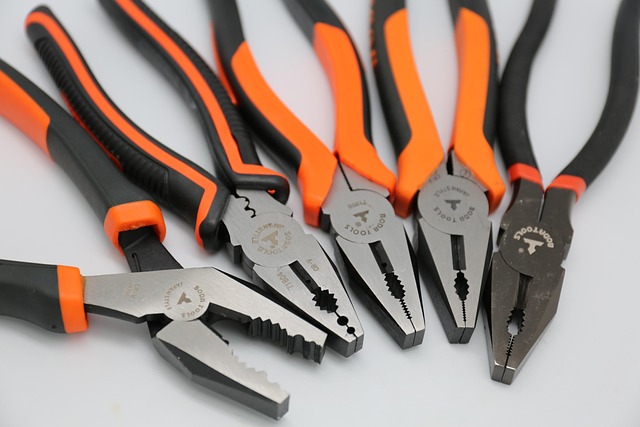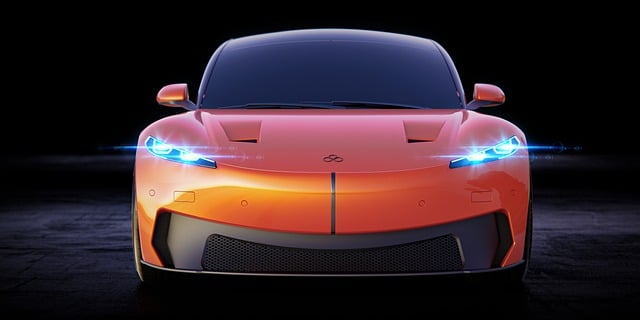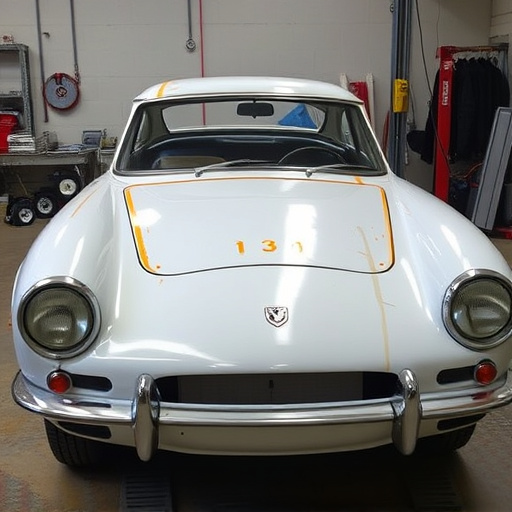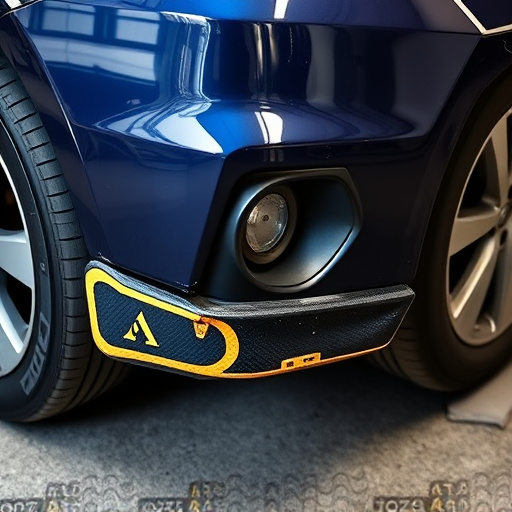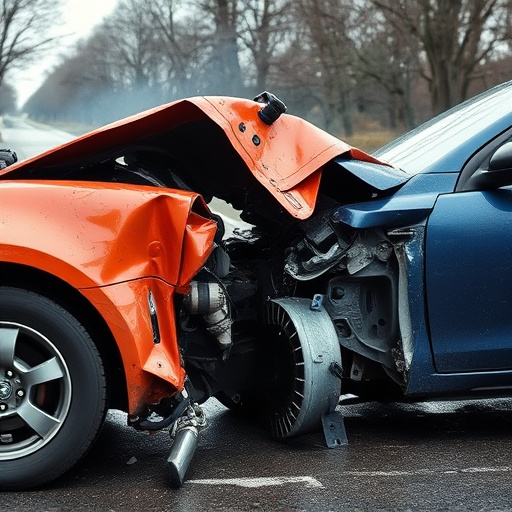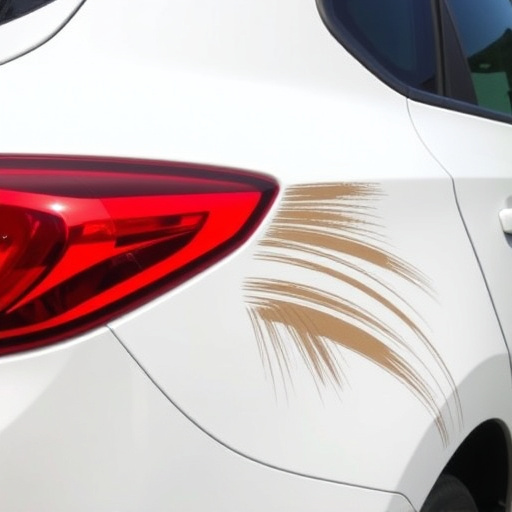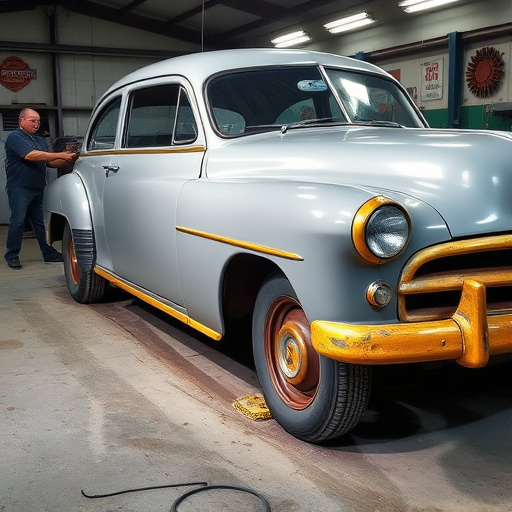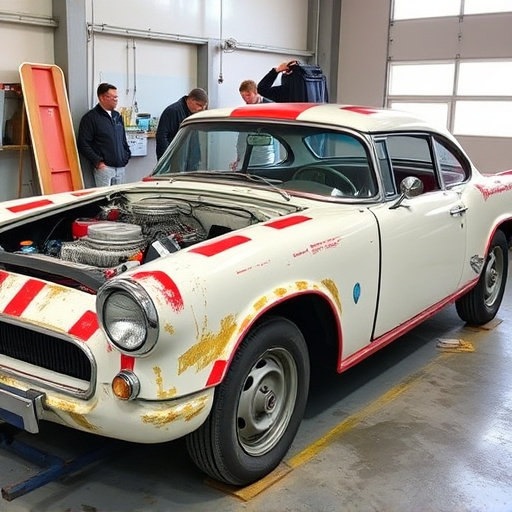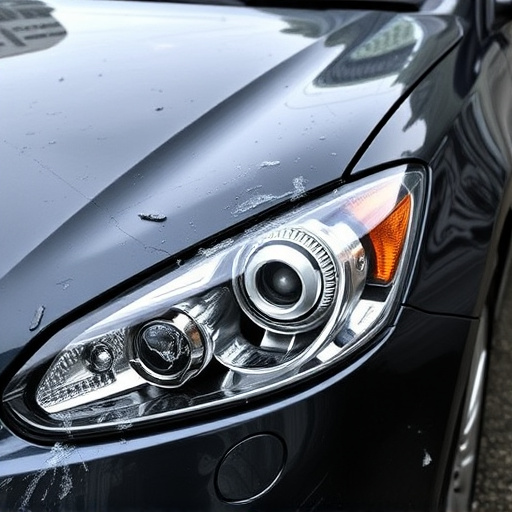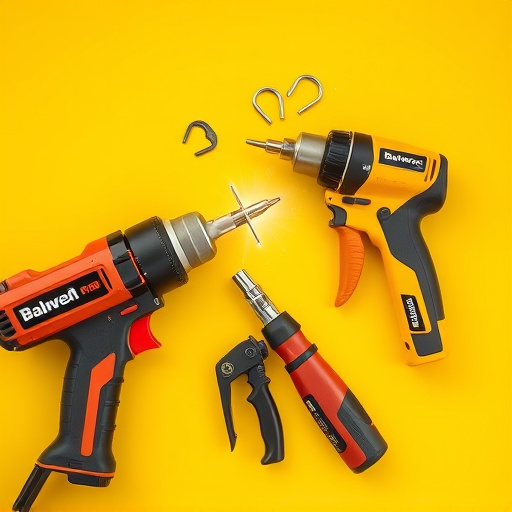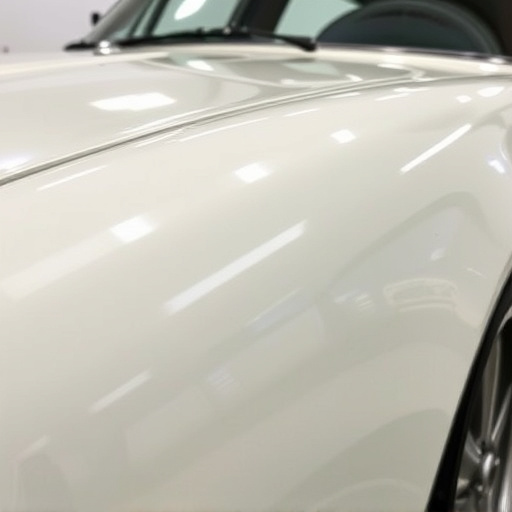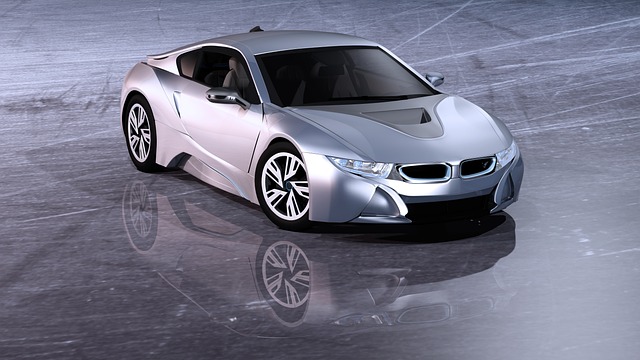3D vehicle scanning is revolutionizing the automotive industry by creating precise digital representations of vehicles using advanced laser and camera systems. This technology offers significant benefits for body shops and repair services, enabling faster and more accurate damage assessments through detailed 3D models. By streamlining workflows and enhancing productivity, 3D scanning ensures every aspect of complex repairs or custom modifications is meticulously accounted for. Its applications are transforming various sectors, from manufacturing and design to insurance and accident forensics, with future trends promising enhanced accuracy, increased speed, and improved integration with other systems like predictive maintenance and virtual/augmented reality.
“Unleash the potential of modern automotive technology with our comprehensive guide to 3D vehicle scanning. From the basics to cutting-edge benefits, this article demystifies revolutionary 3D scanning technologies reshaping the vehicle industry.
Explore diverse scanning methods, from laser and camera systems to innovative mobile solutions, each offering unique advantages. Discover real-world applications ranging from precise design and manufacturing to autonomous driving development.
As we peer into the future, understand how 3D vehicle scanning is poised to drive trends, ensuring a safer, more efficient automotive landscape.”
- Understanding 3D Vehicle Scanning: The Basics and Benefits
- Types of 3D Scanning Technologies for Vehicles
- Applications and Future Trends in 3D Vehicle Scanning
Understanding 3D Vehicle Scanning: The Basics and Benefits

3D vehicle scanning is a cutting-edge technology transforming the automotive industry, offering unprecedented precision and efficiency in vehicle inspection and repair. It involves creating detailed digital representations of vehicles using advanced laser or camera systems, capturing every contour, curve, and component. This process generates a comprehensive 3D model that serves as a virtual blueprint for various applications.
The benefits of 3D vehicle scanning are vast, especially in the context of vehicle body shops and automotive repair. It enables precise measurement and comparison, facilitating faster and more accurate damage assessments during insurance claims or post-accident inspections. For complex repairs or custom modifications, the 3D model acts as a guide, ensuring every detail is accounted for. This technology streamlines the workflow for vehicle repair, enhancing productivity and quality control in automotive services.
Types of 3D Scanning Technologies for Vehicles

In the realm of automotive innovation, 3D vehicle scanning technologies have emerged as game-changers for various applications, from meticulous auto painting to intricate auto body repair. These advanced systems employ different techniques to capture and recreate the three-dimensional structure of vehicles with remarkable accuracy. One prominent method is laser scanning, where high-speed lasers are used to measure the contours of a vehicle’s surface, enabling detailed digital replicas that can be utilized for design comparisons, quality control, or even virtual paint testing.
Another popular approach is structured light scanning, which involves projecting patterns of light onto the object and analyzing the resulting distortions to construct 3D models. This technology finds its utility in car bodywork services, as it facilitates precise measurements for panel replacement, ensuring minimal error in fitting new components. By leveraging these 3D scanning technologies, auto body repair professionals can achieve seamless restoration results, showcasing a fusion of traditional craftsmanship and modern digital precision.
Applications and Future Trends in 3D Vehicle Scanning

The applications of 3D vehicle scanning are vast and ever-evolving, transforming the automotive industry. This technology has become indispensable for various sectors, from manufacturing and design to insurance and accident forensics. In a collision repair center or car body restoration shop, 3D scanners provide precise measurements and detailed digital models, revolutionizing the way damage assessments and repairs are conducted. Body shop services can benefit greatly from this technology, as it enables efficient quality control, ensures accurate panel alignment during repairs, and even facilitates the creation of custom parts.
Looking ahead, the future trends in 3D vehicle scanning point towards enhanced accuracy, increased speed, and improved integration with other systems. As the technology advances, we can expect to see more sophisticated applications, such as predictive maintenance, where vehicles can be scanned for subtle signs of wear and tear before they become major issues. Additionally, the seamless integration of 3D scanning into virtual reality and augmented reality could further revolutionize how we design, repair, and even personalize our vehicles. These developments promise to make 3D vehicle scanning an even more valuable tool in the automotive landscape.
3D vehicle scanning technologies are revolutionizing the automotive industry, offering unprecedented levels of detail and efficiency. From design and manufacturing to quality control and restoration, these advanced tools provide a comprehensive view of vehicles, enabling better decision-making and improved outcomes. As technology continues to evolve, we can expect 3D scanning to play an even more integral role in shaping the future of motoring, ensuring precision, speed, and innovation across all sectors.
